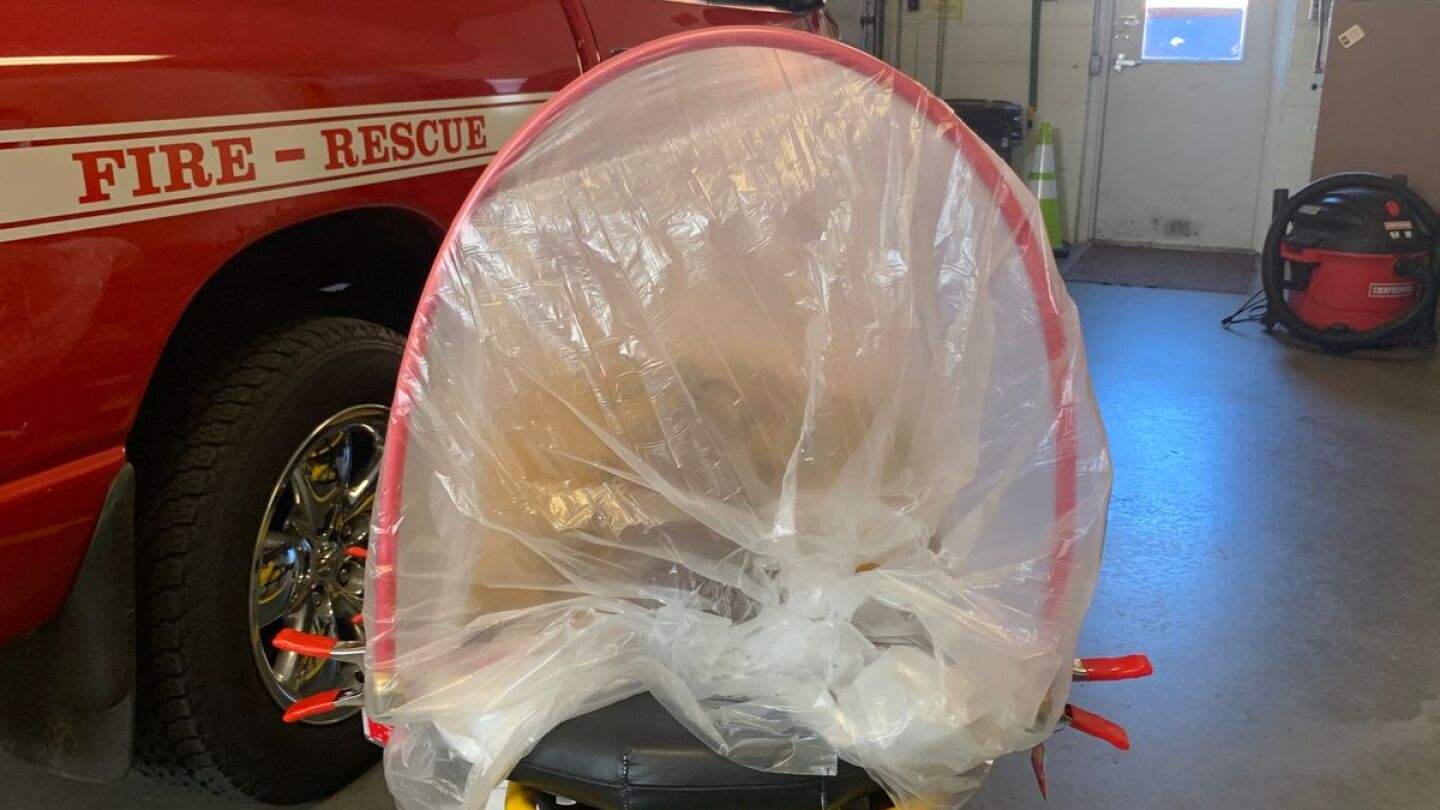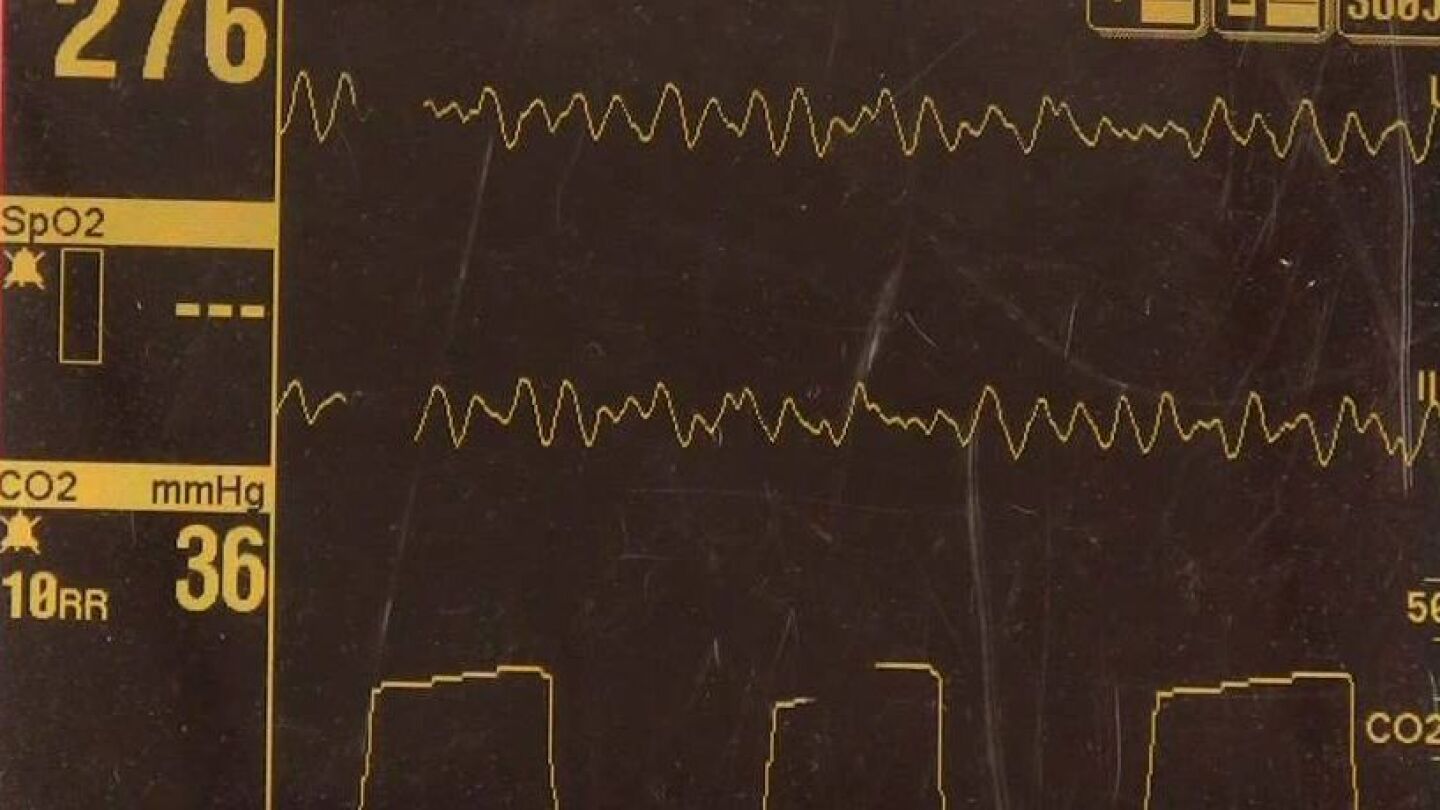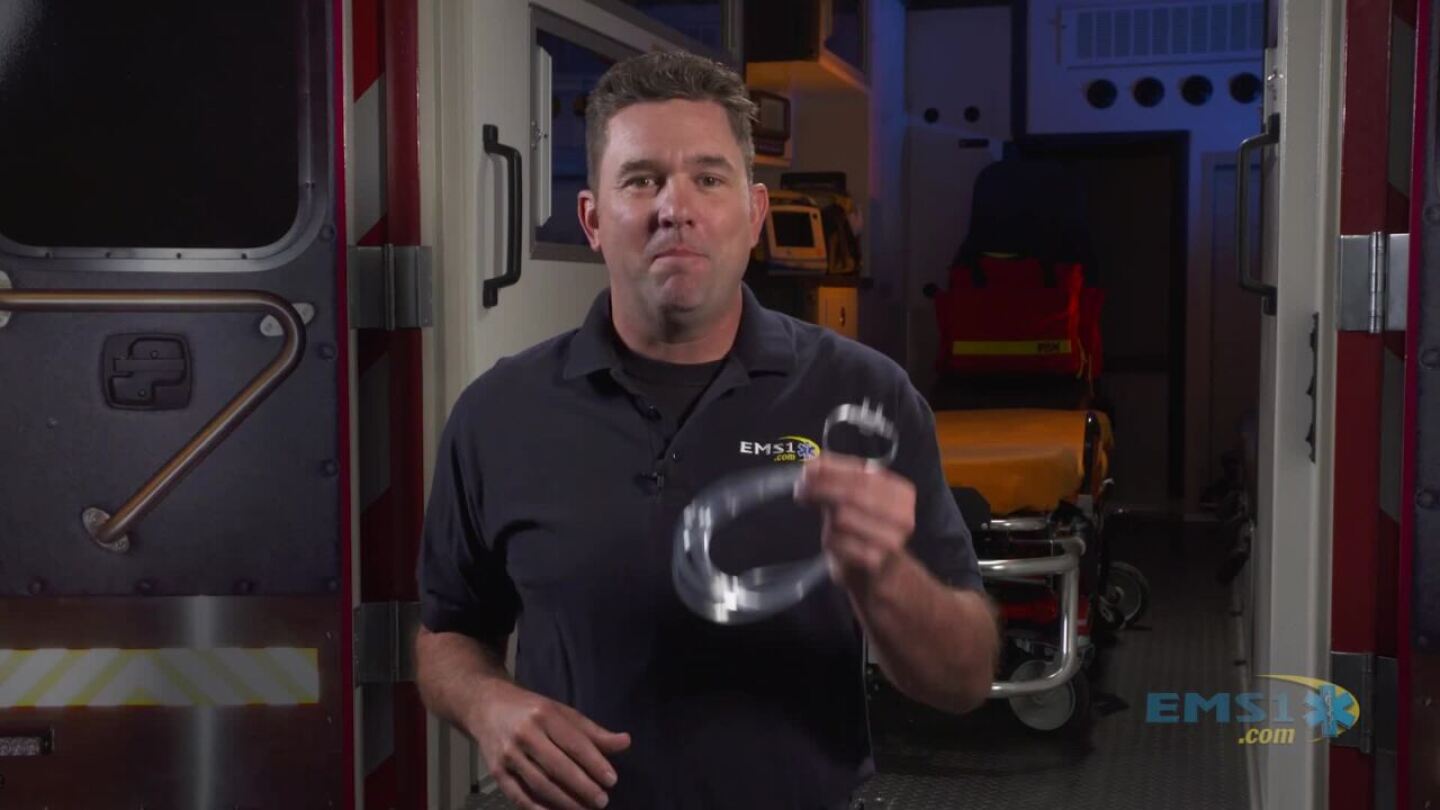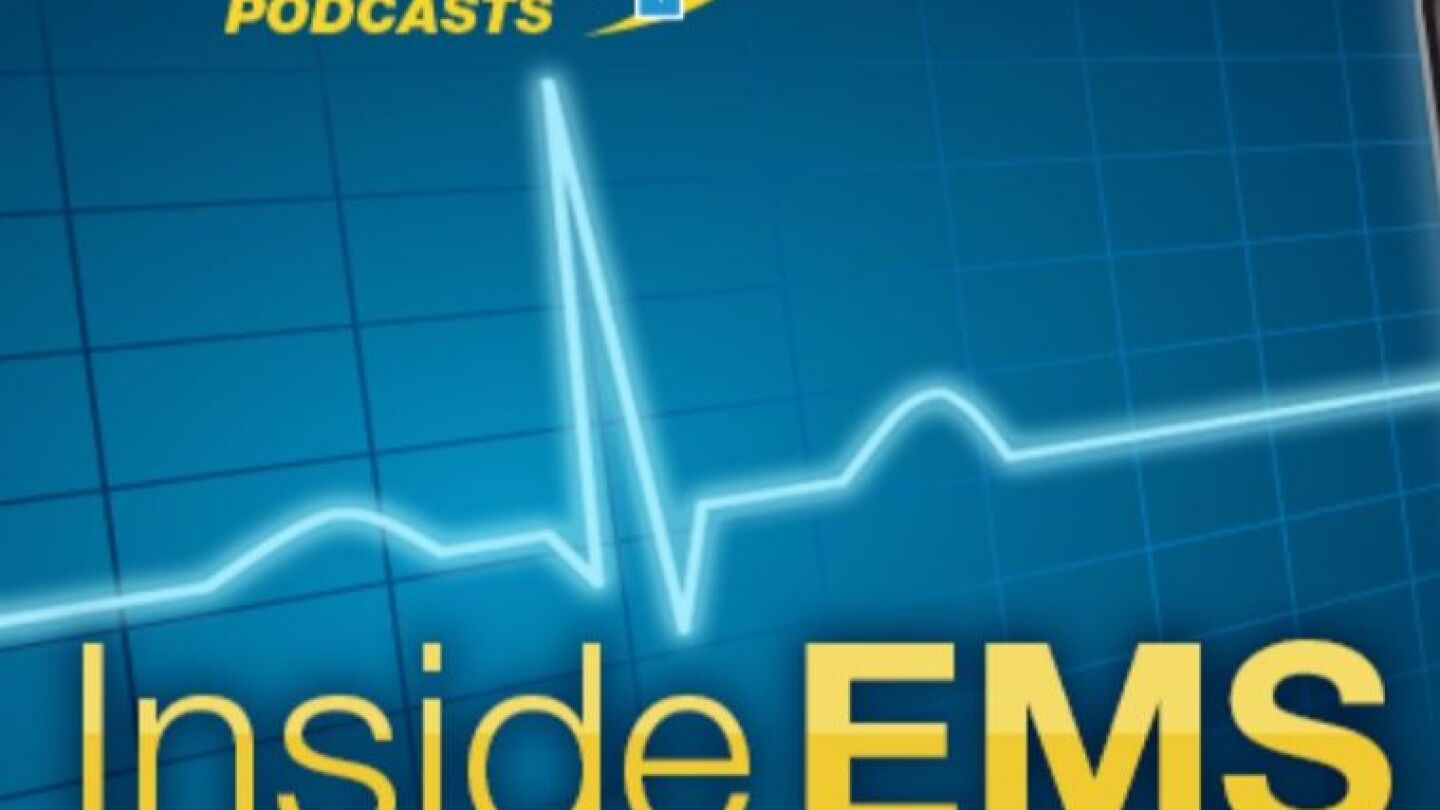Airway management
This directory provides essential articles on Airway Management, a critical skill for EMS professionals. Topics include techniques for securing airways, the use of advanced airway devices, and strategies for managing difficult airways in emergencies. Mastery of Airway Management is vital for ensuring patient survival during respiratory emergencies. For related information, explore our resources on Advanced Life Support (ALS), which often involves advanced airway procedures. Use this directory to deepen your understanding and improve your airway management skills in the field.
When shopping for a new pulse oximeter, here are six important issues to consider
Steve Whitehead asks, does your pulse ox probe fail you, or do you fail it?
How advanced techniques like delayed-sequence intubation and NIPPV mitigate adverse outcomes in physiologically difficult airways
Firefighter-paramedics rapidly implement new ideas to curb infection
Test your knowledge of COVID-19 best practices and up-to-date information
A Texas fire department is trialing the new method of giving oxygen through a patient’s nose
Examining the airway management studies findings on 72-hour survival, ROSC, survival to discharge and favorable neurologic status at discharge
The boxes are designed to go over a patient’s head during airway management procedures and trap aerosol contaminants
University of Washington EM physicians update on COVID-19 atypical presentation, airway management and N95 cleaning
Robert Murray Jr, NRP, MS, shares the components of a waveform and common capnography pitfalls
A paper published in the Journal of Rural Health calls for changes to paramedic scopes of practice for airway and ventilator management in response to COVID-19
The Montgomery County Hospital District EMS shares its specific airway algorithm and a COVID-19 airway management update
Worcester Polytechnic Institute Professor Gregory Fischer hopes to create an open-source design that will help address COVID-19-driven ventilator shortages
Fairfax County (Virginia) Fire and Rescue releases video detailing steps for proper PPE use
Eleven fire departments in Palm Beach County have agreed to lend their combined 70 ventilators to hospitals if the need arises
EMS grand rounds presentation focuses on proper PPE, endotracheal intubation and infection control
Preventing aerosol-generating procedures while treating prehospital COVID-19 patients
The CDC has posted NIOSH guidelines for extended use and limited reuse of N95 masks
Montgomery County Hospital District EMS is using a low-cost approach to administer albuterol via metered-dose inhaler, reducing viral spread without compromising patient care
A review of the most important information for fire and EMS leaders as they develop plans to treat patients and protect personnel
Controlling the airway is the single most important prehospital intervention
The Ontario Prehospital Advanced Life Support (OPALS) Study – a must read for EMS, investigates cardiac arrest, major trauma and respiratory distress
How to recognize and mitigate extracorporeal membrane oxygenation complications during EMS transport
The large rig has the capacity to carry more oxygen and can also serve as a bariatric truck
The Richmond Ambulance Authority partnered with the Richmond SPCA to select and purchase the life-saving animal equipment
The Indiana EMS Commission approved statewide changes to the skills EMTs can use in the field, which will go into effect on March 1
Snohomish County, Washington, officials describe the EMS transport of the first confirmed 2019-nCoV patient in the U.S.
While the novel coronavirus presents like influenza or other respiratory illnesses, there are 3 additional steps EMS should take to manage suspected cases
In this episode, our co-hosts discuss the hype around the Wuhan coronavirus and the responsibility of EMS providers to educate the community on public health concerns
A county animal response team taught participants pet first aid and how to use pet oxygen masks
In this episode, our co-hosts discuss the pros and cons of intubation in the field and if it’s time to end the practice
3 EMS physicians highlight the challenges that prevent a consensus on endotracheal intubation across EMS systems and the importance of case review






























